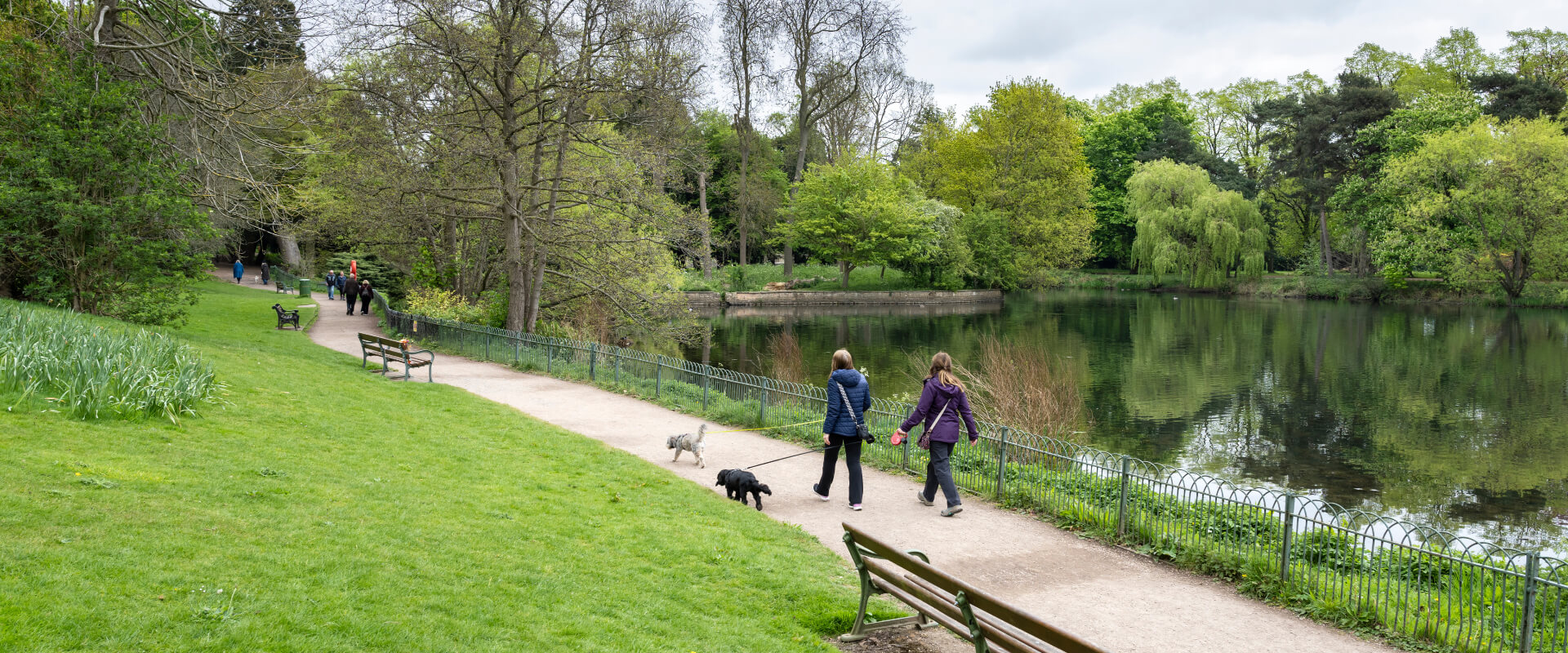
Grow a community of urban forest champions
24-06-2025
Get started with...
Case study
Guidance

24-06-2025
Get started with...
Case study
Guidance
The connection between people and trees is deeply rooted, with a history and co-dependence that has evolved over thousands of years.
Our urban forests help people live better lives with social, economic and environmental benefits, giving us green places to walk, play and feel more connected with nature.
And when we establish urban trees near our homes, businesses and expanding infrastructure, we can grow these benefits where people need them the most.
Research shows that larger, mature urban trees provide more benefits than their smaller cousins. They’re better at improving air quality, cooling cities and acting as super hosts to provide shady retreats for wildlife and people.
But it can be challenging for local authorities juggling budgets, capacity and service demands to look after these green giants as they grow. And evidence suggests that larger urban trees are being replaced with smaller species.
This resource is designed to ease these challenges by enabling local authorities to join forces with local communities. Together we can create teams of urban forest champions, helping trees reach maturity so they can deliver more benefits in return.
There’s also a toolkit with inspiration and advice for community organisations who want to help their local trees mature and do great things.
Local authorities and community organisations should work together in a way that helps everyone involved, includes local people early and is coordinated with city-wide planting initiatives and strategies.
Here’s a summary of the key benefits each brings to urban forestry. Local authorities can click below to read a more detailed guide to partnering with and hosting community partners.
Hear how non-profit organisation Birmingham TreePeople has built momentum and support for trees in the community in new, creative ways.
Watch this video to discover how they’re prioritising areas with greatest need for more equitable access to trees, and the benefits it’s delivered for people and places. The case studies below have more from Birmingham TreePeople about their community engagement and tree equity work.
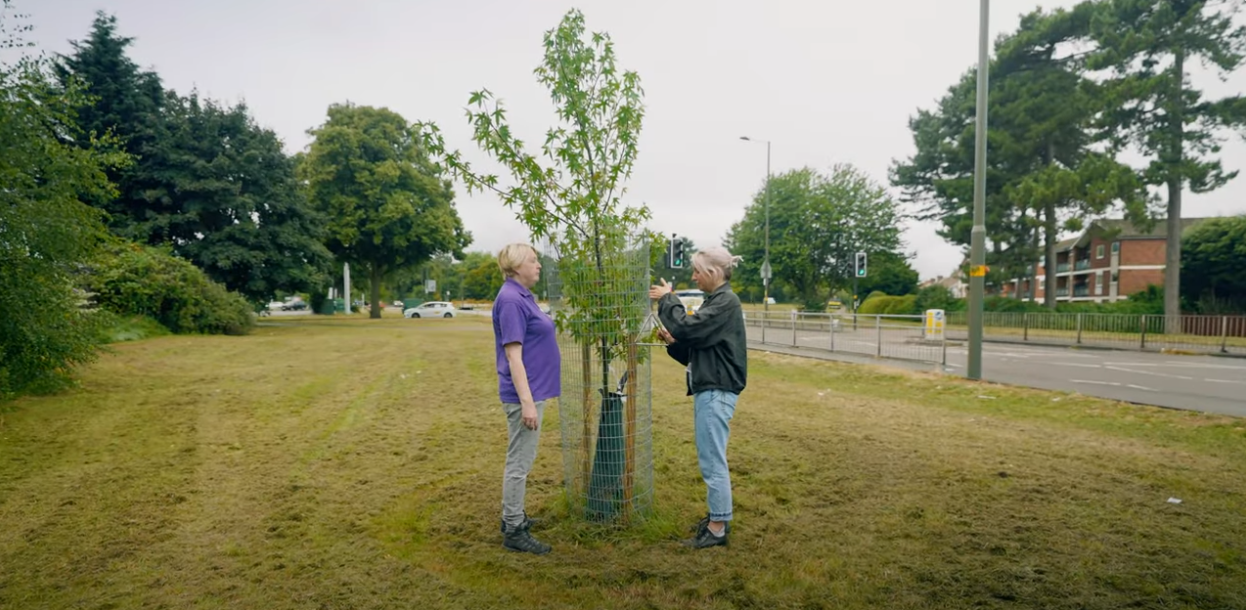
City of Trees is the Community Forest for the Greater Manchester area. They plant trees for people, to create better, greener places.
City of Trees is working to boost health and wellbeing, enhance green skills and tackle the climate and biodiversity emergency. Click below to visit their website and download their strategy, called ‘All Our Trees’, and discover the impact they’ve had through their work in numbers. You can also read a case study about their fresh approach to recruitment which is attracting a more diverse pool of prospective green talent.
These 10 steps are designed to help local authorities recognise the opportunities and make the most of collaborating with others on community tree projects.
They are based on real-life experiences, drawing heavily on the practice of Birmingham TreePeople and others in the sector.
The long-term success of your project starts with early involvement of local communities at all stages of your planning, decision making and development. This way you can understand what’s important to people and make informed decisions about how to involve the right individuals and groups.
It’s vital that everyone involved feels included and valued. So before asking them, ask yourself:
Dark Matter Labs has produced a report and a library of case studies which explore how to involve people throughout data-driven planning processes, including citizen science data collection, visualisation using augmented reality and local decision making.
This helps you identify and understand where change is needed by deciding what outcomes you’re working towards:
To help you do this, map both stakeholders and past projects to identify who and what might be missing. Identify the strengths and weaknesses of you and the people you’re working with. Recognise where you can all support what’s already going on.
It might sound obvious, but it’s important to really take the time and get to know the key people and communities you’re partnering with.
Think about being a generous partner, giving your time, resources, expertise, advocacy and physical materials where possible. This is especially important in marginalised communities where green spaces and green infrastructure (like trees) have been neglected. Make sure you have the right people with the right skills in place who understand that giving generously is not just a process to follow. It’s a principle to value that’s based on understanding the needs of people and places.
Think about what extra training and skills everyone might need and where you can access these.
Checkpoints
This is about communicating openly, mindfully and relevantly with different groups of people. This step can be scaled up or down depending on whether you’re planning a single planting event or aiming to increase canopy cover across your whole neighbourhood.
Think about whether you want to formalise your agreement or get something in writing. This can be useful if either partner is applying for funding or there are key responsibilities you need one organisation to maintain going forward. This can be a very simple agreement, for example you could just write down your mutual commitment or ask your legal team for support creating a Memorandum of Understanding together with any landowner consent that may be required.
Good planning is the key to success. Think about the best times for your different activities. For example, a successful tree planting activity in the winter needs planning months ahead. Spring can be a great time to notice and appreciate trees. Summer is a good time to talk to people about the benefits of trees. Autumn and winter are the seasons to get communities involved in planting trees.
Maximise the opportunities by reviewing what activities work well with partners and local organisations. Their expertise and experience can help guide your activity plan, and in return you should be transparent about what you’re doing and the reasons behind your decisions.
Now that you’ve created community momentum, it’s time to put it into action with tree planting activities. Make sure everyone involved knows what’s expected from them, what they can expect from the experience and what happens next. Focus on ensuring your activity is inclusive and think about ways you can keep people involved beyond tree planting into your establishment activities.
Birmingham TreePeople ran a series of post-planting events to keep the momentum of interest going. This included storytelling, writing poetry and poster competitions.
Whoever owns the land will usually remain responsible for tree safety unless liability is formally transferred. But communities can continue to provide extra care for trees and increase their benefits, so think about creative and engaging ways to keep them involved.
The Arboricultural Association offer helpful advice on watering young trees, and can even provide free “Please Water Me” tags. Tie your activity into what already works and what’s already in place locally.
Birmingham TreePeople have dotted public watering cans with combination locks near trees they have planted, so individuals can boost any organised watering activity.
Consider sharing ongoing responsibility with anchor organisations, community groups or key local people, and find ways to reward them for their ongoing time and commitment. This way you can ensure that uninterrupted support for your urban forest continues whilst you start another project in another area.
Keep in touch with your contacts and think about what you can continue to offer, including training opportunities, advice on management or tools, and equipment. Direct them towards funding opportunities and publicly celebrate their work. Return as and when your forest needs further management to reduce the likelihood of it needing significant intervention and encourage proactive management.
From watering street trees to neighbourhood planting and attracting sponsorship for green spaces, community organisations are a vital lifeline to helping trees reach maturity by harnessing skills on every level and for the long term.
This guide is for community groups who want to improve tree equity in their area. It has key actions to plan a community tree planting initiative, ways to engage people and practical advice for planting and long-term care.
Read the four-step guide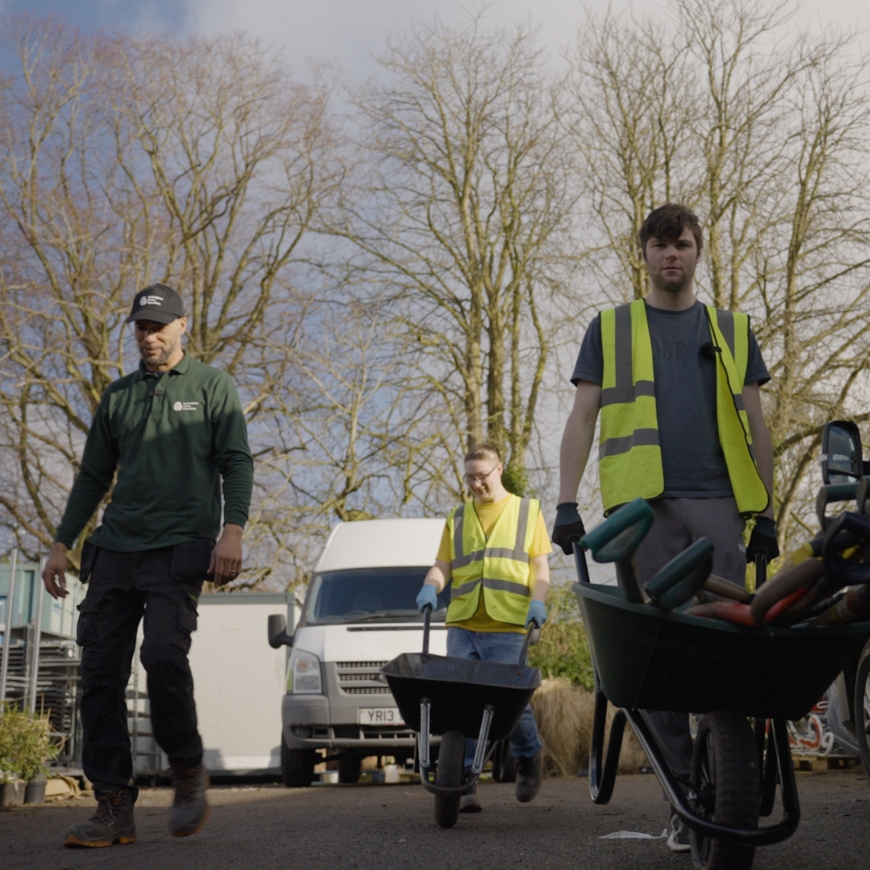
More and more community groups are becoming involved in the planting of larger trees in public open spaces. This guide from the Trees & Design Action Group outlines the planting process with a simple step-by-step approach.
Take a look at the guide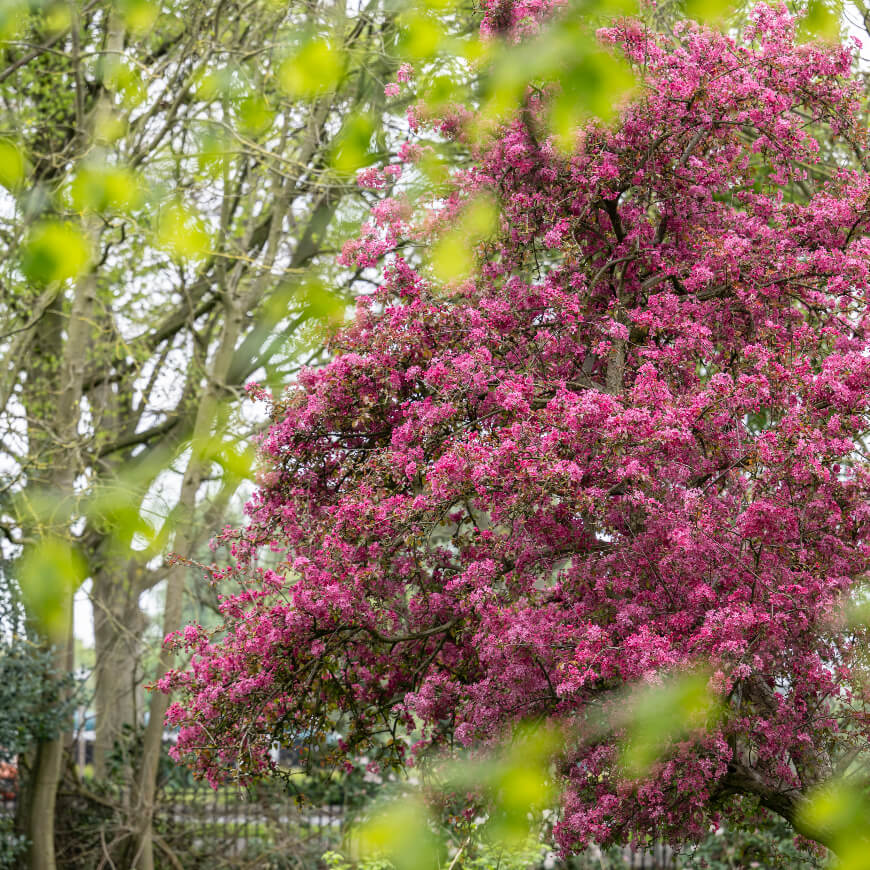
The Tree Planting Calculator is a simple tool to convert tree canopy cover goals into tree planting numbers at a neighbourhood level to help to improve tree equity. It was developed for the Woodland Trust by Treeconomics.
Use the tool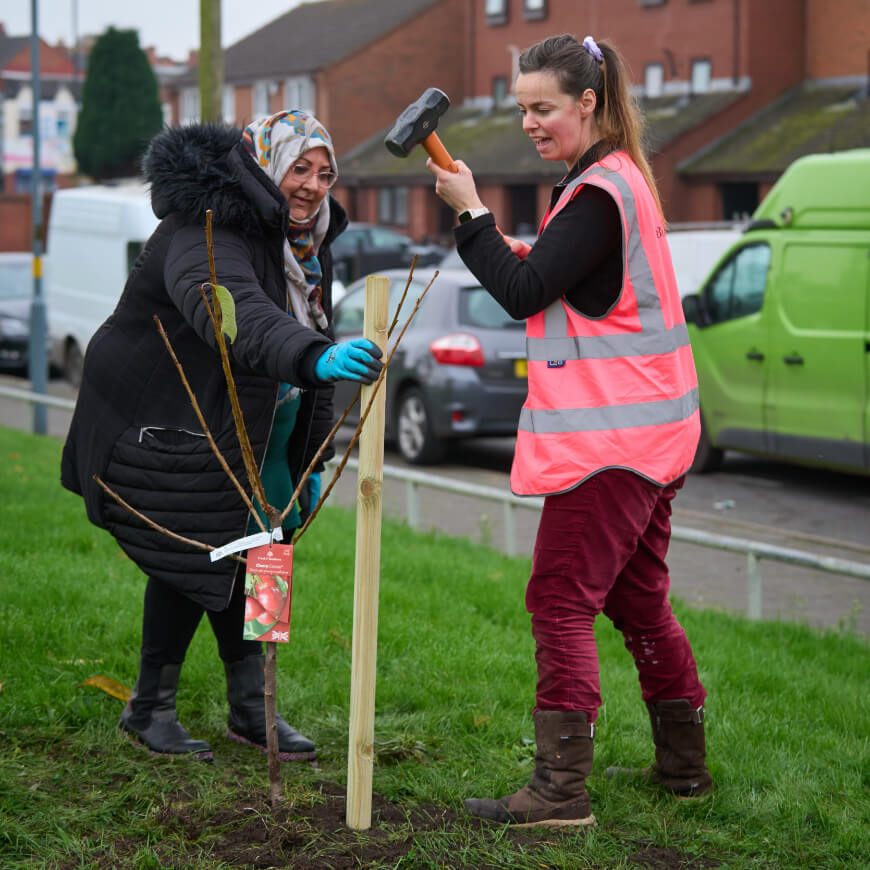
This guide is part of a series of resources created by the Urban Forest Accelerator programme. Text on this web page is licensed by the programme under CC BY 4.0. Discover more about how we can create fairer urban forests in our towns and cities with their other resources below or via this link. The programme was run in partnership with the Community Forest Trust and Woodland Trust, and funded by the Trees Call to Action Fund. This fund was developed by Defra in partnership with the Forestry Commission and is being delivered by the National Lottery Heritage Fund. Special thanks to Birmingham City Council and Birmingham TreePeople.
Get started with...
Case study
Guidance
24-06-2025
Get started with...
Case study
Guidance
24-06-2025
Get started with...
Guidance
24-06-2025
Webinar
Case study
09-12-2024